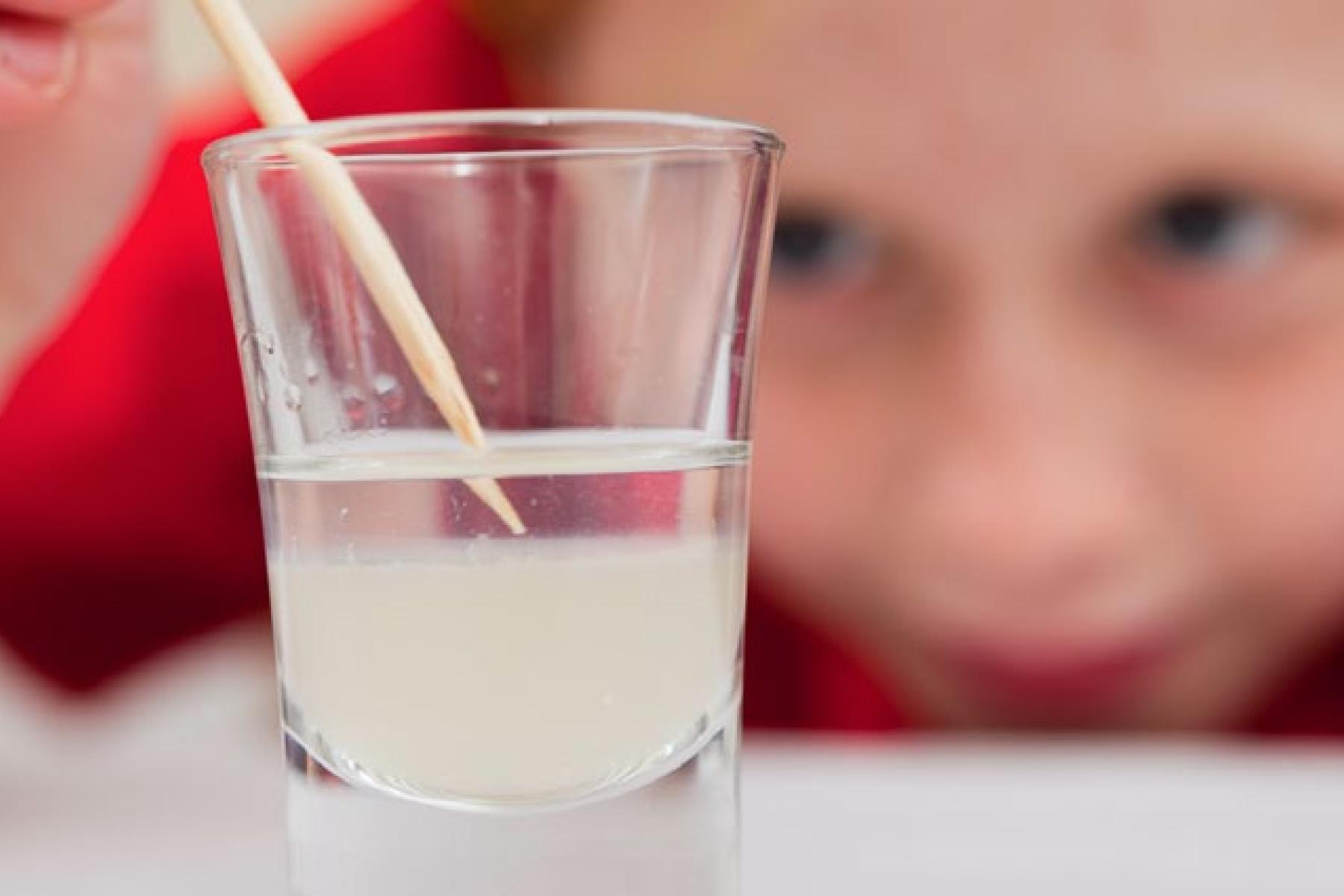DESCRIPTION
The Nanoscale Informal Science Education Network's full collection of do-it-yourself science activities that investigate the nanoscale - the scale of atoms and molecules! These 'Do It Yourself' Nano activities and experiments allow families to experience and learn about nanoscale science, engineering, and technology at home or on the go! They are are designed to be done in the comfort of your own home. Each activity includes lists of widely available, inexpensive materials, step-by-step instructions, and detailed explanations. Go ahead, give 'em a try!
Also available DIY Nano printable PDFs and DIY Nano App.
- Looking for the app version?
please see DIY Nano App (iPad version)
- Looking for printable PDFs of the activities?
please see DIY Nano: printable PDF version
DESCRIPTION
The Nanoscale Informal Science Education Network's full collection of do-it-yourself science activities that investigate the nanoscale - the scale of atoms and molecules! These 'Do It Yourself' Nano activities and experiments allow families to experience and learn about nanoscale science, engineering, and technology at home or on the go! They are are designed to be done in the comfort of your own home. Each activity includes lists of widely available, inexpensive materials, step-by-step instructions, and detailed explanations. Go ahead, give 'em a try!
Also available DIY Nano printable PDFs and DIY Nano App.
- Looking for the app version?
please see DIY Nano App (iPad version)
- Looking for printable PDFs of the activities?
please see DIY Nano: printable PDF version
OBJECTIVES
NANO CONTENT MAP
Nanometer-sized things are very small, and often behave differently than larger things do.
Scientists and engineers have formed the interdisciplinary field of nanotechnology by investigating properties and manipulating matter at the nanoscale.
Nanoscience, nanotechnology, and nanoengineering lead to new knowledge and innovations that weren't possible before.
Nanotechnologies—and their costs, utility, risks, and benefits—are closely interconnected with society and with our values.
DOWNLOAD FILES
Credits
This book is adapted from the DIY Nano app developed by Lawrence Hall of Science University of California, Berkeley.
Book and cover design by Emily Maletz Graphic Design.
Cover and chapter intro photography by Emily Maletz.
Activity photography and illustrations by Gary Hodges, Emily Maletz, and Sciencenter. Other scientific images and illustrations used by permission, as noted.
Developed for the NISE Network with funding from the National Science Foundation under Award Numbers 0532536 and 0940143. Any opinions, findings, and conclusions or recommendations expressed in this product are those of the authors and do not necessarily reflect the views of the Foundation.
Creative Commons Attribution Non-Commercial Share Alike 3.0 United States (CC BY-NC-SA 3.0 US).
View more details

NISE Network products are developed through an iterative collaborative process that includes scientific review, peer review, and visitor evaluation in accordance with an inclusive audiences approach. Products are designed to be easily edited and adapted for different audiences under a Creative Commons Attribution Non-Commercial Share Alike license. To learn more, visit our Development Process page.







